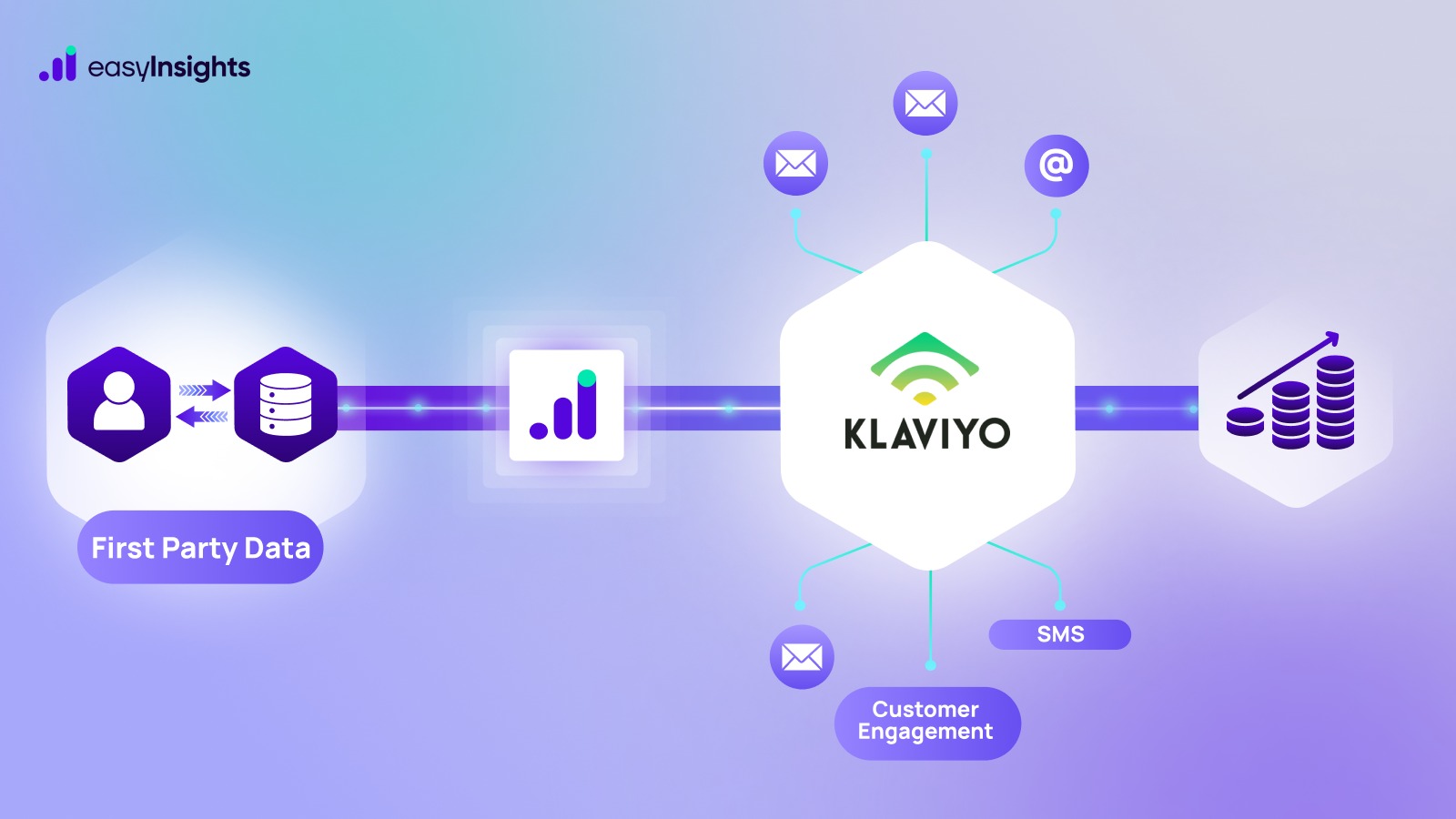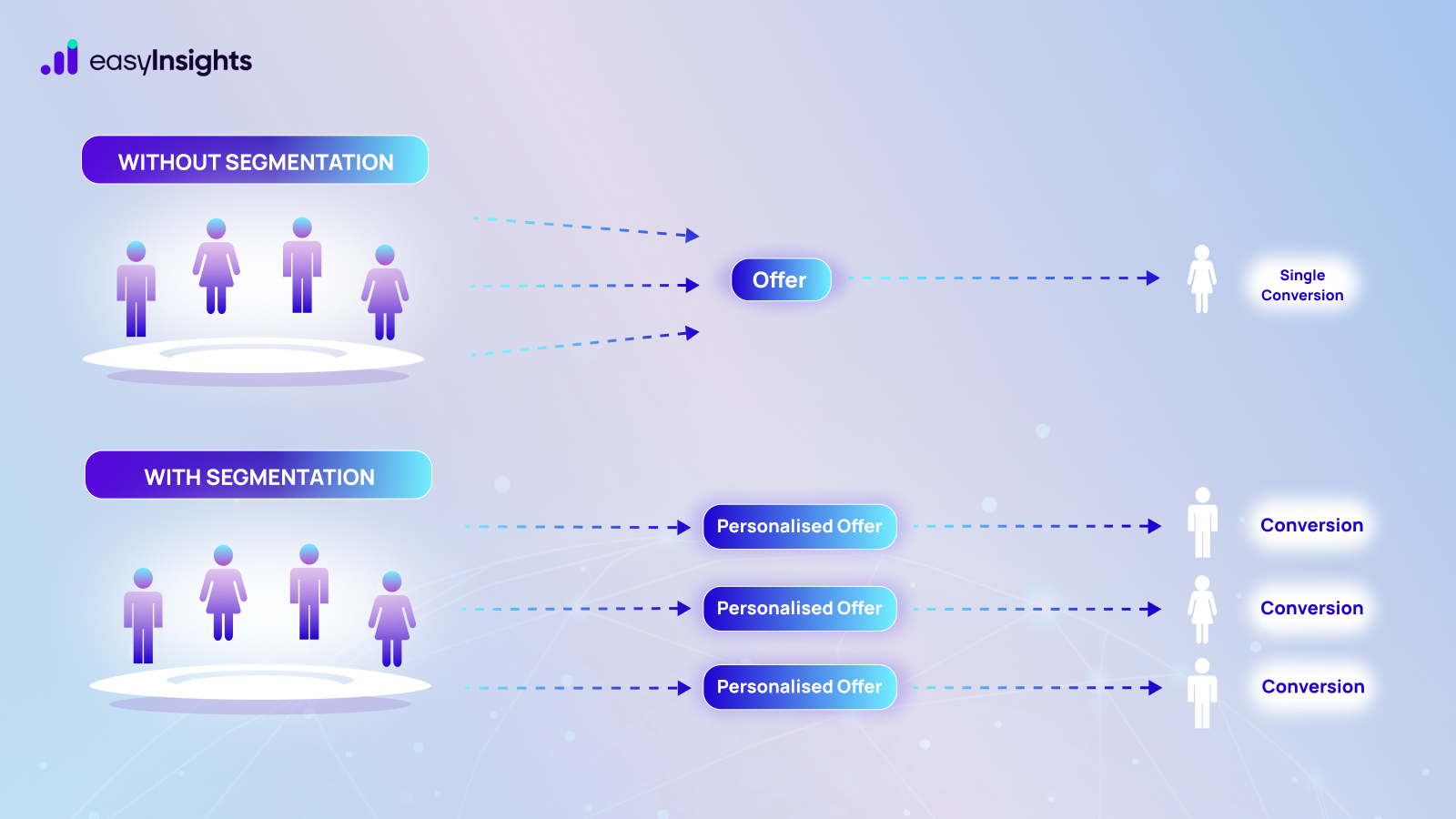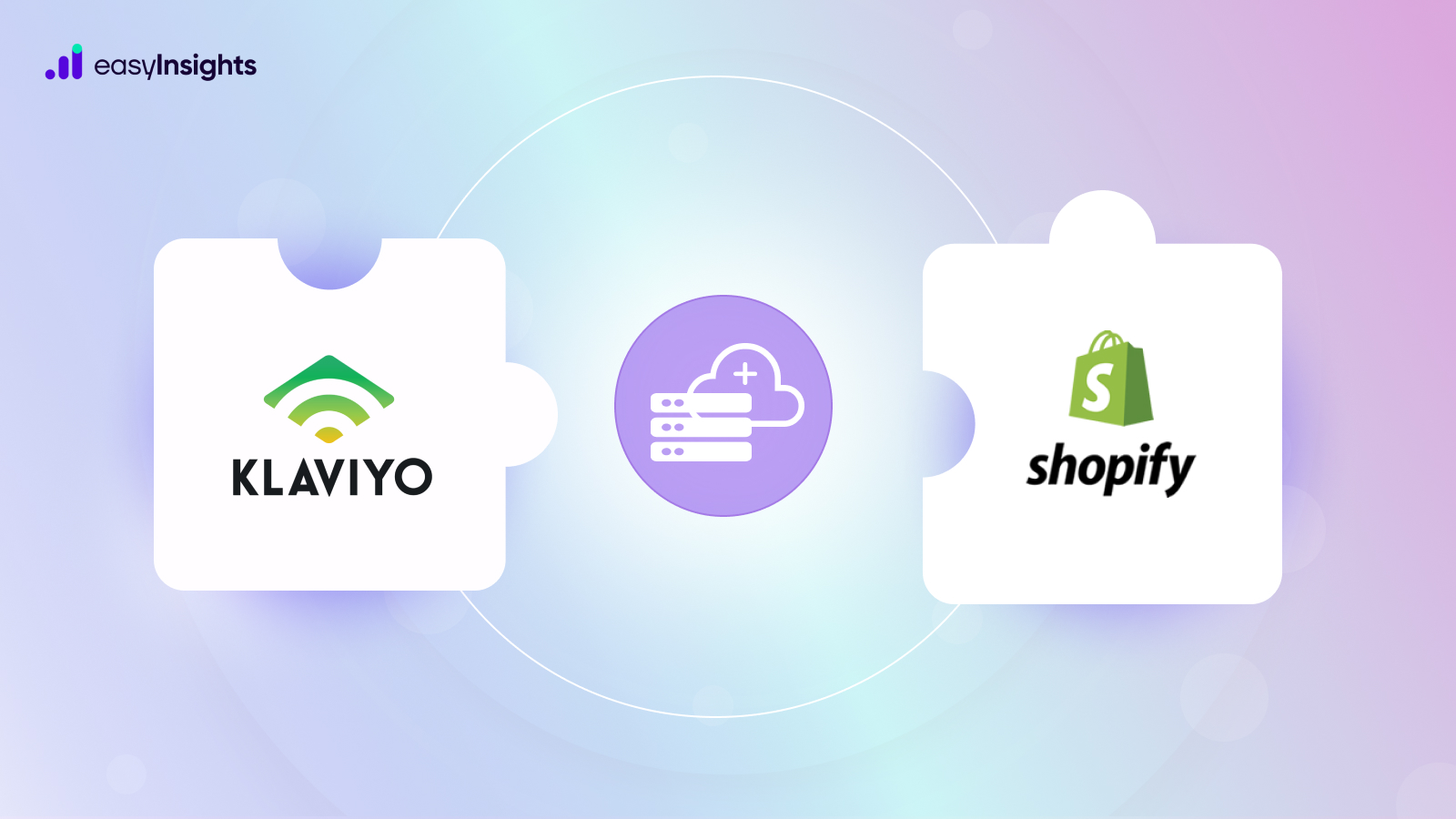As a marketer or business analyst, you know that data is integral to your job. How you organize and keep your data will either make or break your project. Data warehousing is one of the various methods available for storing data. This is an excellent strategy for businesses that need to analyze a lot of data from many sources. Anyone interested in effective digital advertising must understand how data warehouses collect, store, and evaluate marketing performance data. We are going to talk about Marketing Data Warehousing in this article.

Jump ahead to:
What Is A Marketing Data Warehouse?
A data management system called a data warehouse is used to store substantial amounts of data from numerous sources. Data warehouses are used by businesses for reporting and data analytics. This is used to make better business decisions.
Cross-channel marketing data is stored and analysed in a marketing data warehouse, which is a cloud-based location. Data warehouses enable marketing and analytics teams to assemble information from various sources, including advertising channels like Facebook and Google, web analytics tools like Google Analytics, and CRM platforms.
The major advantages of data warehouses in the marketing context are that they reasonably affordable and elastic storage as well as their excellent capacity to centralise data from many sources for more convenient analysis.
Don’t mistake Data Warehouse For These
You might think of a few other data terms when you first hear the term “data warehouse,” such as “data lake,” “database,” or “data mart.” But because of their more constrained scope, those things are different. Even though they could serve the same purpose, they are structurally different from the data warehouse
Data Warehouse vs. Data Lake
Unfiltered data from many sources is stored in a data lake for later use. This indicates that you see unprocessed data from a platform like social media or an application. At the time of analysis, the datasets are created. The cost of storing this unstructured data is low.
On the other hand, data warehouses are used for data processing and analysis. The data has already been collected, contextualised, and prepared for analysis in a data warehouse. In the end, it’s a more advanced data storage device that can use a lot of previous data.
Data Warehouse vs. Data Mart
A subsection of a data warehouse is a data mart. Typically, they are created to easily deliver certain data to a particular user for a specific application. Data warehouses cover various topics, whereas data marts focus on a specific subject.
Data warehouse vs a database
Due to their similar functions, databases and data warehouses are frequently confused. The main distinction is that databases are not designed to perform analytics on a large amount of data. Data warehouses are designed to analyse big data sets, whereas databases are intended to store and retrieve data.
Benefits of Data Warehousing
● Single authentic source of data – Scattered marketing data can hinder progress and cause confusion. Data warehouses assist in bringing all the data together to produce a single source of truth because marketers simply do not have the time to sign in to a dozen separate platforms to gather the data they require.
● Fast process and insights – You can start using your Data Warehouse immediately because getting started only requires a few clicks. To start centralising your marketing data in a cloud-based warehouse, you don’t need expensive hardware or access to a physical data center. Select a data warehouse to begin moving data via a fully managed pipeline.
● Analytics skills: Your data warehouse can quickly execute complex queries and deliver the necessary data into your preferred reporting and/or analytics tools. Important analytics tools, like Google Data Studio, can automatically pull real-time data from your data warehouse instance without extra configuration.
● Complete control of data – Data warehouses allow you to safely keep your cross-channel data in one place rather than relying on the data retention regulations of several platforms. You will be able to gather the accurate data you require to make better judgments in the future if you have complete ownership of and access to all of your past marketing data.
● Affordable and Flexible – It is inexpensive to store marketing data in a cloud-based data warehouse. Thanks to elastic storage, your data warehouse will continue to grow as your business does. Since the cloud provider handles the maintenance, cloud-based marketing data warehouses are likewise known to require little to no maintenance costs.
When Should You Start Moving Your Marketing Data Into A Warehouse?
When you notice that your business is growing in size and volume, it is probably time for you to move your data into a warehouse. The rapid business expansion also implies rapid data volume expansion. Additionally, when spreadsheets are crashing or taking a long time to load, data warehousing is the ideal option, or you will have insufficient analytics tools.
It might also be so that there has been a fundamental change in the company model, and multiple stakeholders may now require access to data. At this stage, switching to data warehousing is crucial since it offers centralized data and is flexible in data storage. A greater understanding of ROAS is also required because of the increasing marketing expenditure, and data warehousing can be helpful.
The growing requirement to show the value of marketing serves as another typical justification for beginning to move marketing data to a warehouse. This may occur as a result of a change in marketing or business leadership, increasing pressure from the board of directors and/or investors, an economic downturn, or other unfavorable changes to market conditions
Customers occasionally have to reduce marketing expenditures due to these negative market conditions. The objective is to allocate resources to the channels and campaigns with the best potential return rather than to stop doing marketing completely. Since it provides a single source of truth for their marketing budget and returns, a marketing warehouse is incredibly beneficial at this stage.
How To Choose The Right Data Warehouse For Your Business?
Due to its features and integration, Google BigQuery is one of the most popular marketing warehouse platforms. Other popular platforms include Microsoft Azure, Amazon Redshift, Snowflake and Oracle database.
Compatibility with existing IT infrastructure, deployment and storage costs, data source integrations, business intelligence and/or reporting tool integrations, security, and other factors are frequently considered when choosing a warehouse. Make sure to prioritize your concerns and do a thorough analysis of the various platforms accessible if you find yourself in a position where you must compare and suggest a data warehouse solution for marketing purposes.
How To Get Started With Marketing Data Warehousing?
Once you have chosen your marketing warehouse, you need to do a few other things to start. You must take the following actions: The design of a marketing data warehouse, data modeling, data transfers, and automated marketing dashboards.
● Marketing Data Design includes identifying the sources from which you want to pull the data. Common data sources include Advertising platforms, Email marketing platforms, Social media platforms, Analytics tools like Google Analytics and E-commerce platforms
With the assistance of these tools, the marketing team can build automated dashboards that monitor full-funnel marketing success and dig down to the performance of particular marketing channels.
● The second stage involves data modeling and setting up data transfers into your data warehouse. Choose between creating your data pipelines, hiring a third party to create them, and using fully managed marketing data pipelines. A defined series of procedures and products known as a marketing data pipeline collects, refines, and classifies data before it is stored in a warehouse and reported on. Data modeling, or determining which schemas to use for each transfer, entails listing the precise measurements and dimensions you’ll want to transfer from each data source to your marketing data warehouse. Data modeling aims to ensure that the data you’ll store in your warehouse is as clear, consistent, and usable as possible.
● The final stage is Data analysing. Building dashboards and reports to make the data available to the marketing team is the only thing left to do once your data flows securely into your data warehouse. To meet data needs, using pre-made dashboards is quite beneficial. Marketers can independently analyse the kind of granular data they need for decision-making by utilizing as many filters and dropdowns as you can in your dashboards.
Final Words
Marketing data is crucial when it comes to analyzing and reporting, and the quality of decisions based on these data depends on the data’s quality. So, it is important to have an effortless data collection system that helps you make better decisions. Because of this, a marketing data warehouse that is optimized and improves reporting can serve as the basis for smarter decisions. We hope this article was helpful and helped answer your queries on data warehousing.







